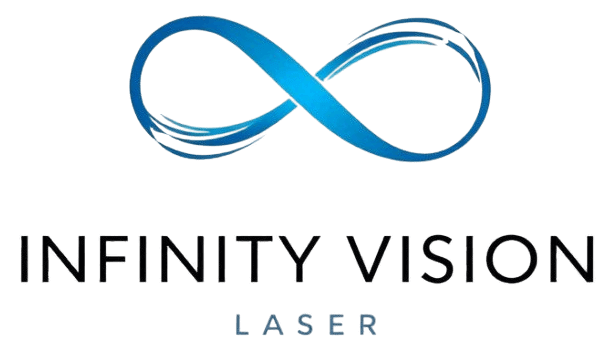
PRK surgery
PRK (Photorefractive Keratectomy) is a well-established laser eye surgery designed to correct myopia (nearsightedness), hyperopia (farsightedness), and astigmatism. Unlike LASIK, PRK does not involve creating a corneal flap. Instead, the outermost layer of the cornea (epithelium) is gently removed before reshaping the cornea with an excimer laser to improve vision.
After the procedure, a protective contact lens is placed over the eye to aid healing while the epithelial layer regenerates. Though PRK requires a longer recovery time compared to LASIK or SMILE, it is an excellent option for patients with thin corneas, corneal irregularities, or dry eye syndrome who may not be ideal candidates for other procedures.
Why Choose PRK? ✅
- Flap-Free Procedure – Since no corneal flap is created, PRK eliminates the risk of flap-related complications.
- Preserves Corneal Strength – Less corneal tissue is removed, making PRK suitable for those with thin corneas or irregular shapes.
- Reduced Dry Eye Symptoms – PRK preserves more corneal nerves than LASIK, making it a better option for those prone to dry eye syndrome.
- Safe and Proven – With over 30 years of successful results, PRK has been a trusted choice for vision correction.
- Ideal for Active Lifestyles – PRK is often recommended for individuals in high-impact sports or jobs that increase the risk of eye injuries, such as military personnel and athletes.
How is PRK Performed? ⚙️
PRK is a straightforward and highly precise laser corrective eye surgery, completed in three key steps:
1️⃣ Removing the Epithelium – A diluted alcohol solution is applied to loosen and remove the outer corneal layer.
2️⃣ Reshaping the Cornea – An excimer laser sculpts the corneal tissue to correct vision.
3️⃣ Healing & Recovery – A soft contact lens is placed over the eye to protect it while new epithelial cells regenerate.
The entire procedure takes only a few minutes per eye, and patients return home the same day.
What to Expect After PRK? 👁️
Recovery from PRK is slightly longer than LASIK, but the results are just as effective. Here’s what to expect:
- Mild discomfort, light sensitivity, and blurry vision for the first few days.
- Gradual improvement in vision over several weeks, with full stabilization in a few months.
- Protective contact lenses are worn for about 5–7 days until the epithelium regenerates.
- Avoid rubbing the eyes, swimming, and strenuous activities during the initial healing phase.
- Prescribed eye drops help prevent infection and promote healing.
Most patients can resume their daily activities within a week, and clear, stable vision is typically achieved within a few months.
Is PRK Right for You? 🤔
PRK is a great alternative for individuals who may not be eligible for LASIK or SMILE due to thin corneas, dry eyes, or an active lifestyle. If you’re considering laser vision correction, our expert team at Infinity Vision Lasers can help determine if PRK is the best option for you.
